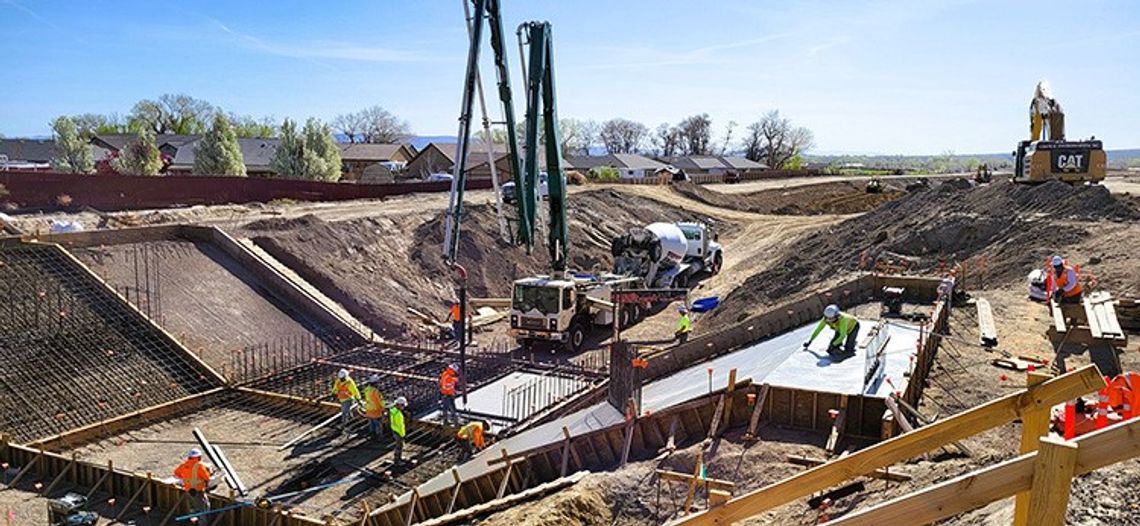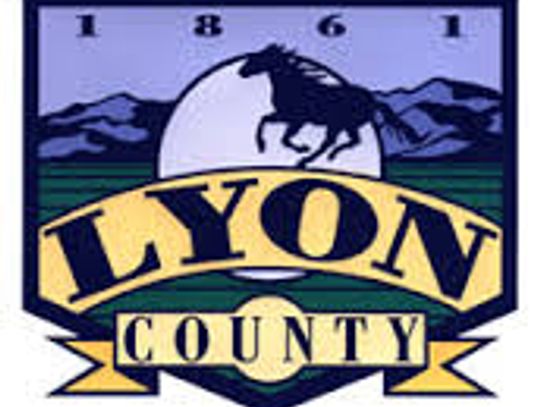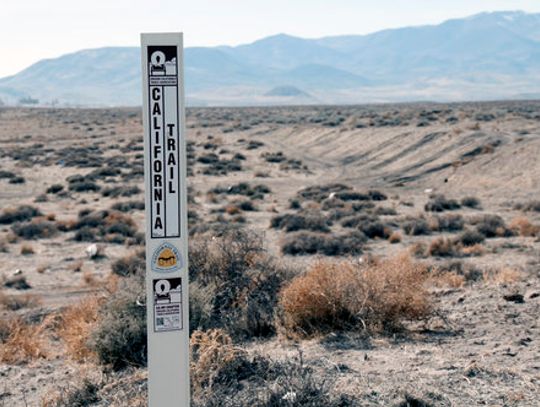By Leanna Lehman, For the Fernley Reporter
On Tuesday, Sept. 5, the Truckee Carson Irrigation District Board gathered for their regular meeting, delving into various topics, including the Truckee Canal Extraordinary Maintenance project.
The Truckee Canal, stretching 31 miles and supplying water to more than 50,000 acres, experienced a catastrophic breach in January 2008. This event led to severe flooding and caused millions of dollars in damage to Fernley properties and homes.
Phase I of the restoration project kicked off last December. Originating from the Truckee River, the canal runs through Fernley and into the Lahontan Reservoir. To facilitate the installation of concrete lining along approximately 3.5 miles, TCID and the Bureau of Reclamation (BOR) halted canal operations last fall before construction began.
Last month, TCID agreed to extend the deadline for the lining phase until October 31. However, this decision met strong opposition from many Fernley residents. The prolonged outage not only disrupts irrigation but also impedes groundwater replenishment. After nearly a year of inactivity, several residents face dry wells, expensive deepening efforts, crop and pasture failures, and reduced livestock operations. For some homeowners, the water supply has been entirely severed.
During the meeting, various residents voiced their ongoing frustrations. They expressed concern about BOR's refusal to disclose project contract engineering plans, including material and concrete specifications, and the allocation of bad weather days. BOR Lahontan Basin Area Office Manager Jack Worsley firmly stated that such information remains confidential.
Amidst public comments, questions arose about the project's schedule. Worsley assured them they were progressing, although admitted to a slight delay of about five days. Two 12-man crews are now scheduled to work on Saturdays to meet the October 31 deadline. Concerns were also raised regarding the concrete's curing time. Worsley and TCID Board President Eric Olsen clarified that the concrete product, a variation of Type II, merely requires two days to cure before submersion. Extending the dry times would be unnecessary, they added. However, the public stressed that this information would be more reassuring if they were told the exact type of concrete in use.
Under standard conditions, the crews lay between 900 and 1,500 linear feet of lining per day, a rate that should allow them to complete the project by November 1. Unfortunately, recent storms, such as the one over Labor Day weekend, led to standing water in certain canal sections, particularly near Ricci Lane in Fernley. Addressing this issue necessitates pumping out the water and allowing sufficient drying time. During last month’s meeting, Worsley noted that rainy weather significantly prolongs the drying process, causing weather-related delays. Olsen reported that the area had to be pumped out at least a dozen times and praised the engineers for their diligent water management efforts.
Concerned citizens continued to push for answers during the meeting. They sought clarification on project completion schedules, the consequences if the lining isn't completed by the October 31 deadline, and the plan for maintaining water flow through the winter months.
Alec Crosby, the owner of a small Fernley grass-fed beef feedlot, shared his frustrations. He questioned the impact on residents whose income has been severely affected and their right to a reliable water supply. Crosby revealed that people in his vicinity had been relying on buckets and jugs for showers over the past month, uncertain if their livestock would have sufficient water next month. “I don’t know if my cows will have water next month, and some people’s wells have been dry for 45 days.” He inquired about the existence of a compensation plan and urged the board to provide information on project plans and potential adjustments if the project's timeline further extends. Crosby emphasized that some residents have been camping for two months due to the water crisis.
In response, Olsen attempted to convey the board's understanding of the challenging situation faced by residents. He stressed that since 2008, the canal had been prone to breaches, posing a significant threat to lives, infrastructure, and the community. Olsen empathized with the suffering endured by residents, affirming that they were fully aware of the gravity of the situation. "Don't think we're not losing sleep over this because we do," he added. Worsley took a less understanding approach, stating, “You’re going to get your answer, whether you like it or not.”
TCID General Manager Ben Shawcroft then dived into the intricacies of water allocation. Once the lining phase is completed and water can be reintroduced into the canal, TCID plans to set the Truckee Canal allocation from November 1 to December 1 at 25%. However, this adjustment necessitates formally extending the regular season-end date from November 15. Shawcroft disclosed that TCID had contacted many water users to inquire if they would require water after November 15 and for what purposes. Several positive responses indicated plans to establish winter crops, facilitate livestock watering, support irrigation of pastures, and more. Shawcroft expressed confidence that they would be able to resume deliveries by November 1 and announced the commencement of order-taking from Truckee Canal water users on October 2.
Shawcroft clarified that water could not be sent through the canal to recharge wells by law. The water must serve an acceptable agricultural practice per the federal court decree. He emphasized that legal constraints bound the district's actions and that diverting water from this purpose would violate state statute. Unfortunately, residents with dry wells should not anticipate their wells to recharge until April or May. Shawcroft warned that any deviation from the legal framework would immediately trigger a lawsuit against TCID.
It's essential to note that domestic wells lack a "water right" akin to water users who pay for access to water from the Truckee and Carson Rivers. Consequently, the district is prohibited from diverting water through the canals for private well recharging or personal use outside of agricultural activities. While empathetic to those seeking the recharging of wells, Stix urged residents to acknowledge this legal reality. He emphasized, "If you don't have crops, you've been benefiting from this for over 100 years in our community."
The ongoing Truckee Canal outage continues to inflict water challenges on Fernley residents. All eyes are on the completion of the maintenance project, eagerly awaited by the community.









Comment
Comments